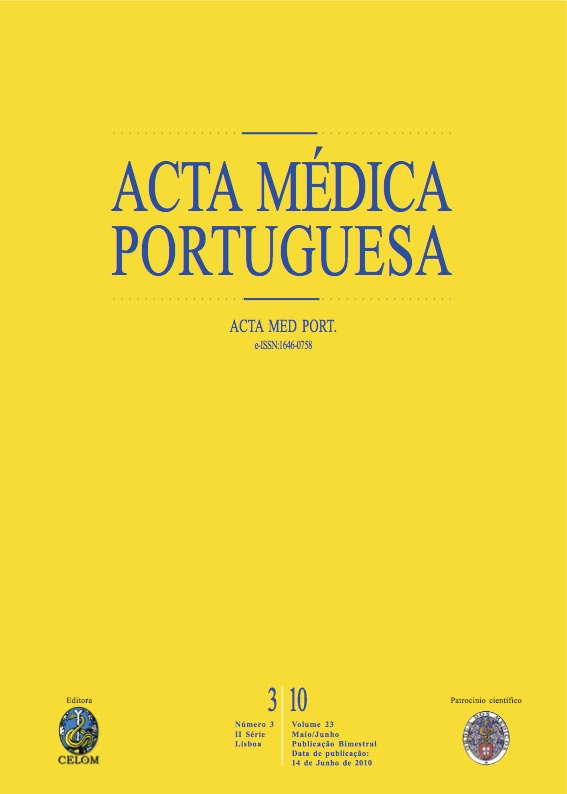Fetal pain - neurobiological causes and consequences.
DOI:
https://doi.org/10.20344/amp.637Abstract
The existence of putatively painful situations to the fetus demands a careful evaluation of the issue of fetal pain. Several indirect approaches are used to evaluate the existence of fetal pain. Neurobiological studies showed that from the 30th week on, the anatomical and physiological system for pain transmission is already developed, with the connections from the periphery to the cortex being successively established. Stress responses to a painful stimulation are complex but they can be detected from the 16th week on. There is activation of the hypothalamus-pituitary-adrenal axis, autonomic nervous system and hemodynamic changes in response to nociceptive stimulation. In prematures exposed to pain there are significant increases of adrenaline, noradrenaline and cortisol, hemodynamic changes, motor reflexes and facial reactions. The changes induced by strong nociceptive stimulation of newborns have important postnatal consequences since they affect future reactions to noxious stimuli. Central sensitization and immaturity of the pain inhibitory system are the main neurobiological explanations for the increased pain. Detailed studies of the neurobiological mechanisms of the transmission of painful stimuli along with follow-up studies of the consequences of exposure to pain during the development of the fetus are necessary to fully understand fetal pain.Downloads
Downloads
How to Cite
Issue
Section
License
All the articles published in the AMP are open access and comply with the requirements of funding agencies or academic institutions. The AMP is governed by the terms of the Creative Commons ‘Attribution – Non-Commercial Use - (CC-BY-NC)’ license, regarding the use by third parties.
It is the author’s responsibility to obtain approval for the reproduction of figures, tables, etc. from other publications.
Upon acceptance of an article for publication, the authors will be asked to complete the ICMJE “Copyright Liability and Copyright Sharing Statement “(http://www.actamedicaportuguesa.com/info/AMP-NormasPublicacao.pdf) and the “Declaration of Potential Conflicts of Interest” (http:// www.icmje.org/conflicts-of-interest). An e-mail will be sent to the corresponding author to acknowledge receipt of the manuscript.
After publication, the authors are authorised to make their articles available in repositories of their institutions of origin, as long as they always mention where they were published and according to the Creative Commons license.









